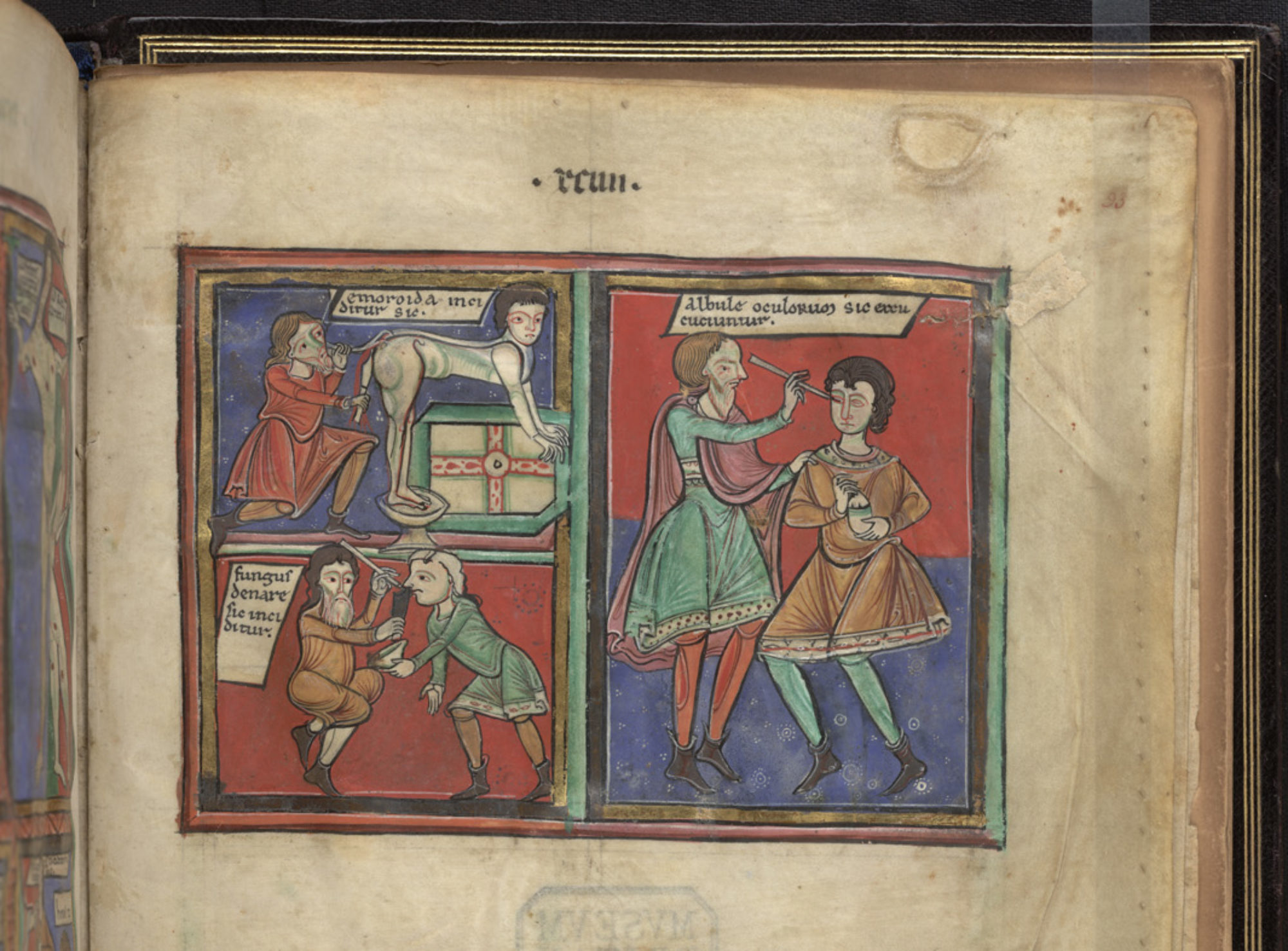Marginalisation on the Margins – Historical Perspectives on Representations of Physical Disability in some Medieval Manuscript’s Margins.
Medieval manuscript’s margins figure all kinds of persons, actions and stories. We believe that these fringe scenes depict the diversity of the real and the imagined medieval world, as a supplemental layer above the text. This talk will aim to give some historical perspectives on the representations of disabled people in a selection of manuscripts from the XIII and XIV centuries – directly after their first figuration in the manuscripts via the saint’s lives (Pestilli, 2017). Disability in the Middle Ages will be considered as a socially constructed experience of the body, recognized by contemporaries. I will show that the representations of disabled people in the marginalia reveals their integration in the fabric of society and shed a new light on these media’s power to incorporate their bodies in the visual culture.
The first part of the talk will focus on the familiar image of the disabled as a vector of salvation for the richest Christians. The poor crippled play that important social role and are then mainly depicted as beggars in the manuscript’s margins. In addition to their visible physical or sensorial impairment, they appear well surrounded by children, women and men helping them to eat, walk and collect donations. Nevertheless, their imago Christi seems to be just an aspect of their role in the visual culture. Indeed, the second part of this lecture will enlighten the full integration of the disabled in the medieval society. Using a variety of orthosis, the crippled can keep their previous social role as peasants, townspeople, prominent citizens or even knights. Their representation reflect the diversity of medieval disability, confirmed by the most recent historiography, but also enlighten the function of these marginalia in the visual culture.
Marginalization on the Margins? Historical Perspectives on the Representations of Physical Disability in some Medieval Manuscript’s margins from NinonDubourg
